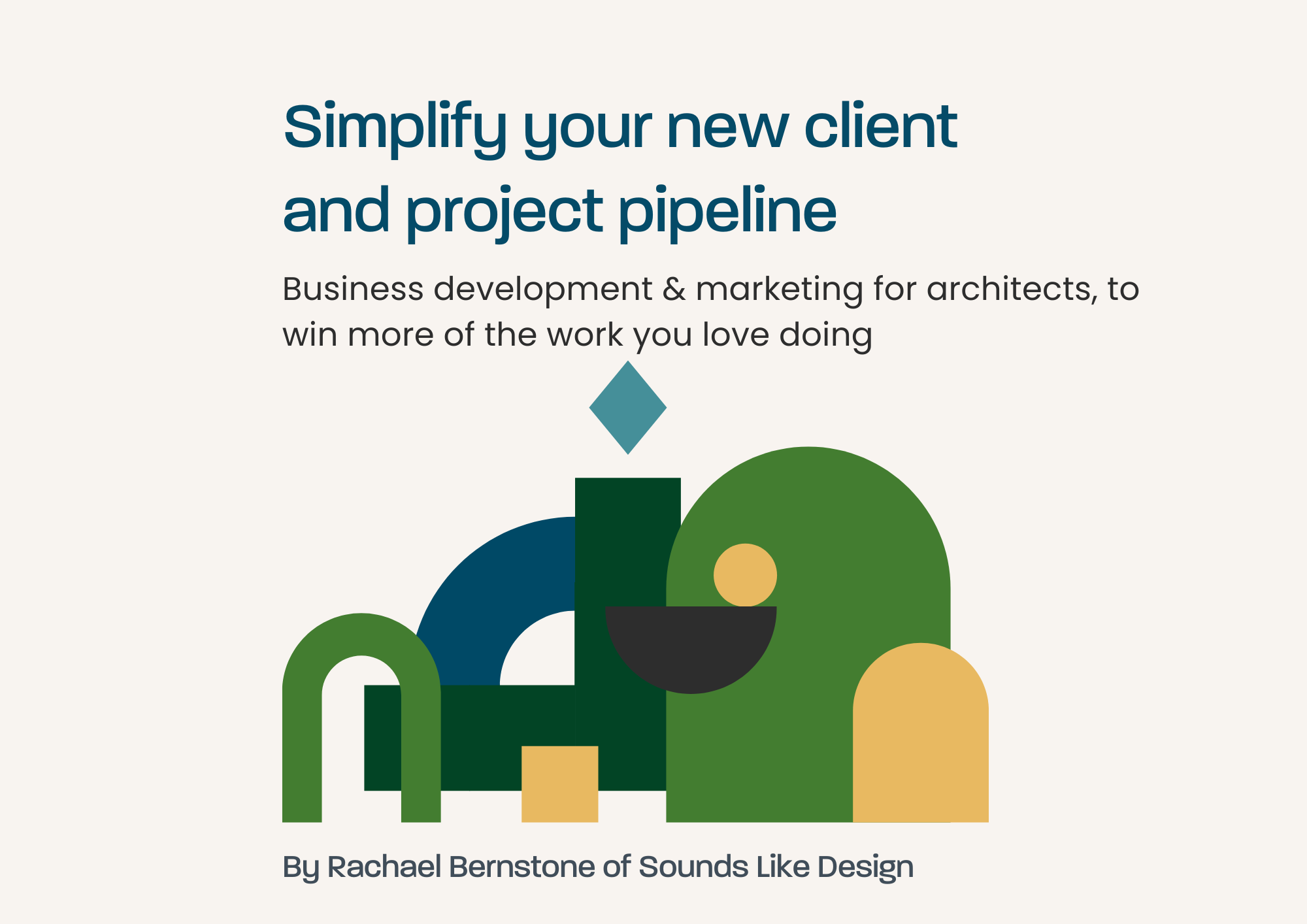Transforming architecture: from take-what-you-can-get to discernment, freedom and choice
For 10 years, I was a freelance journalist, at the beck and call of the people who wanted to hire me.
Rachael Bernstone and the Fearless Girl statue, by Kirsten Visbal, in New York city’s Financial district.
The precarious nature of being self-employed in a shrinking media industry meant that when my clients said “Jump!”, I always said “How high?”.
I spent many hours each week either pitching new story and project ideas (which was my form of marketing my services) or hoping that clients would contact me about a new project.
As a freelancer, I had the illusion of freedom, but in reality, my clients controlled my workflow, my fees, and my deadlines.
Sometimes I’d have too many stories due at once, and I’d have to work late into the night to meet all the deadlines.
In other weeks, I’d have no paid work to do at all.
It was real feast-or-famine stuff, and my time, stress levels and workload were all dictated by others.
I felt like I had very little agency because things were unpredictable and I’d often be surprised by unexpected opportunities.
For example, if I was approached to write a great story or undertake a large new project on short notice (and the notice was continually getting shorter!), I’d have to reshuffle my workload and priorities in order to fit the new task into my schedule.
You can probably relate to the constant juggle of clients and projects, and the feeling of never being able to say no, because you don’t know where the next job will come from, or when it will arrive.
So I decided to do something about it.
When I started my architecture consulting business - Sounds Like Design in 2016, I was determined to carve out more autonomy. It helped that I could project manage my time a little more, but the same feeling of being on a hamster wheel persisted.
I could see that many architects were also on a similar hamster wheel; they were telling me that they were also at the mercy of their clients, in relation to workload, fees and deadlines.
They weren’t sure how to attract the right sort of clients and projects; the types of design jobs they really loved working on. So they had to keep accepting any and every new job and project that came their way, even if it was something they didn’t particularly want to do.
And I could tell that their creativity and enthusiasm for architecture was suffering as a result. And now, thanks to The Wellbeing of Architects survey, we have research and data that confirms what we’ve all known for decades: architects’ are negatively impacted in many ways by commonly accepted ways of practicing.
So I put everything I’d learned over the past 20 years and two careers in marketing and journalism - including more than 2000 interviews with architects from around the world - into a new business development framework
How does this framework transform practice?
This framework - the Six Channel System - enables owners and directors of architecture practices to step off their hamster wheels and create a flourishing business around their own interests and passions.
Adopting this system enables architects to gain control over their new client and project pipelines, often for the first time.
And by inventing this system. I was finally able to gain control over my own business and life.
Now I have a waitlist of clients who want to work with me in my signature consulting package. That’s an intensive 1:1 program that lasts for three months, and it means I can only work with a limited number of architects at any one time.
So I created a CPD course, too. By teaching the Six Channel System in a CPD course - which is called Architecture Marketing 360 - I can positively improve the business and lives of more architects, and they can take advantage of this proven system in a timeframe and way that suits their busy workloads.
Once my clients and course participants start to implement the system in their practices, they begin to experience the same sense of freedom and choice - about who they choose to work with and what they choose to work on - as I now enjoy.
Because with the ability to pick and choose your projects and clients, you actually gain more freedom in all areas of your life.
Why?
Using this tried-and tested-system leads to some incredible results, starting with winning more projects that you love, getting more of those built on site, which leads to higher profits, which leads to better team cultures and that improves well-being all round.
How does this virtuous cycle transform architecture?
It provides practice owners and directors with new-found freedom to carve out time for the tasks and passions that really matter to them, and which they care the most about. Because by creating a waitlist of ideal clients, they can exercise discernment about the projects and clients they choose to take on, often for the first time in their careers.
It’s fair to say that transitioning from journalist-for-hire to archi-marketing-expert-with-a-waitlist has completely changed my life, and I love seeing my clients and course participants transforming their businesses and lifestyles by adopting the Six Channel System, too.
If you’re keen to find out more about how this system could positively impact your practice, please download the brochure - Simplify your client and project pipeline - by clicking on the image above.
Or send Rachael an email and ask any question you might have.


